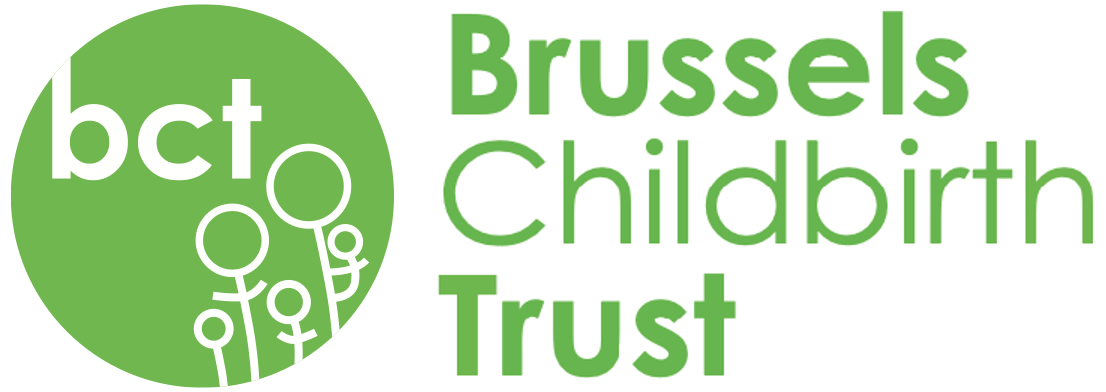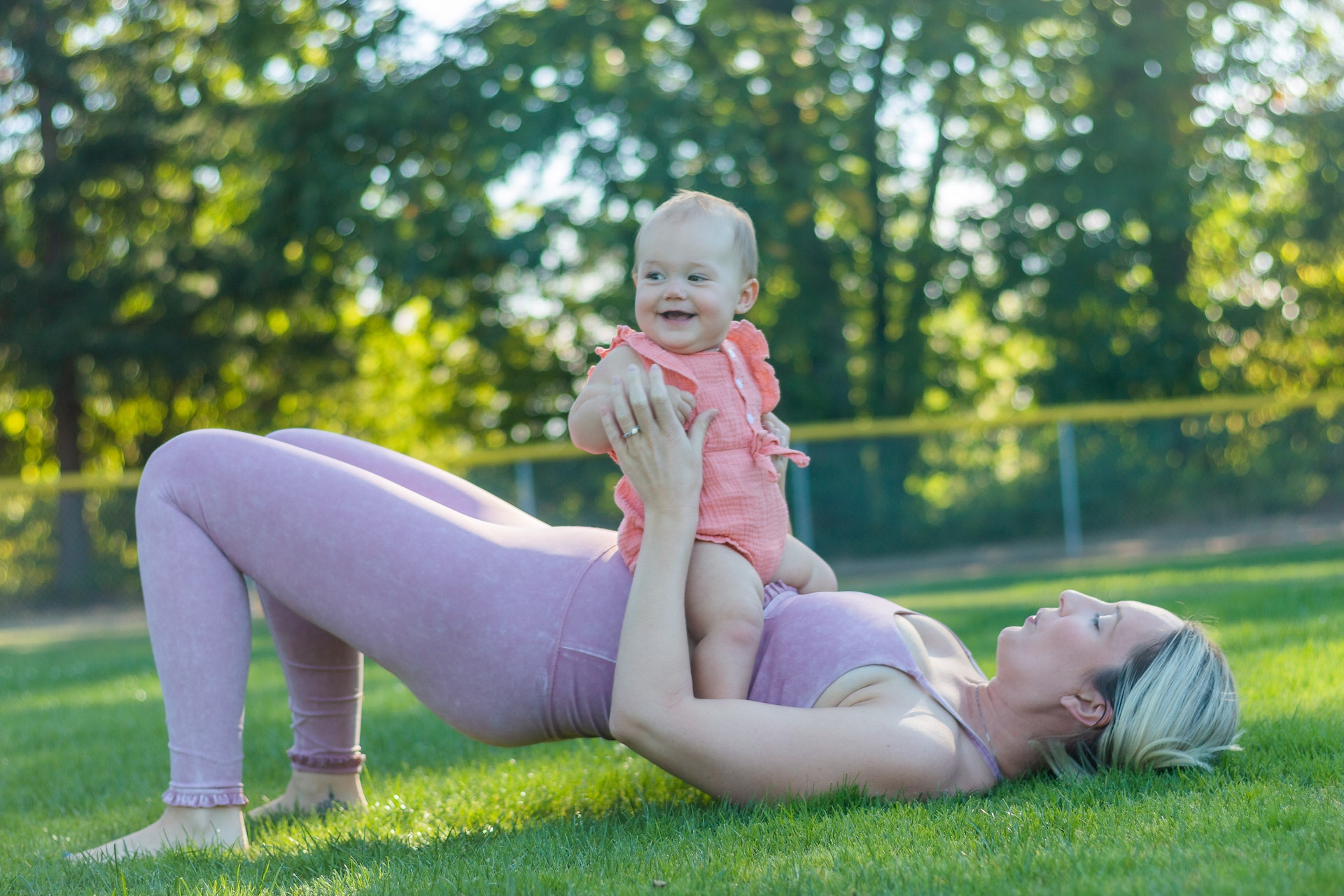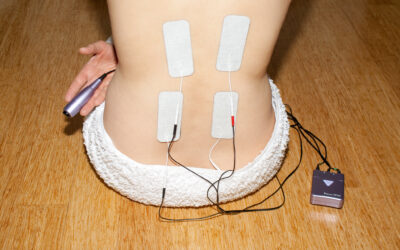Gynaecologists and midwives advise every new mum to start postnatal gymnastics about 6-8 weeks after giving birth. Why do medical experts place so much emphasis on postnatal exercises? What are the effects of back-strengthening exercises?
When people still gathered their food in the forest, fetched their water from the river and danced around the fireplace in the evening, women probably did not need postnatal exercises. Their muscles were fit due to varied physical exercise and regenerated quickly after a birth. After several pregnancies, the muscles of a Neanderthal woman were probably no longer the fittest either but our ancestors didn’t live to be that old and, before a woman suffered from incontinence, she was sadly probably caught by a disease or a mountain lion.
Today we live in a world where we hardly use our bodies in a natural way (we are often sitting too much, bad posture etc) and at the same time we are living longer. Pregnancy and childbirth put a strain on the body’s core. Weakened muscles, tendons and ligaments can lead to functional limitations that become noticeable either immediately or in old age.
Typical complaints that arise from a weak core are: back pain, pelvic pain, urinary incontinence, a feeling of pressure in the lower abdomen, sexual unwillingness and, in severe cases, it can even lead to a prolapsed uterus or a prolapsed bladder (when organs drop into the pelvic muscles).
Another disadvantage of weak pelvic floor and core muscles is aesthetic: flabby muscles make for poor posture and an unattractively shaped waist. Many women are unhappy with their figure after childbirth and feel uncomfortable. New mothers are in an exceptional psychological and physical situation in which they have to, or rather are allowed to, find themselves anew!
Postnatal exercise can be very supportive in the process of physical rediscovery.
Our goal? After childbirth, many women have difficulty in feeling and using their muscles correctly and this ability is restored through postnatal exercise. Even sporty women with toned muscles are often surprised at what conscious use of the pelvic floor can achieve.
The body’s centre and limbs are strengthened, stretched and mobilised. You will achieve good overall fitness for everyday life – for the rest of your life.
Many women initially feel healthy after the postpartum period but, a few months later, they suddenly complain of pelvic floor weakness, neck pain, etc. This is usually due to the baby getting heavier and the failure to build up good basic fitness. Postnatal exercise helps tighten the overstretched core and straighten posture.
With the help of postnatal exercises, you can achieve a slimmer, firmer body silhouette. It is not about being particularly thin, but about toning the female form. Some women feel more beautiful after postnatal exercise than before pregnancy!
What do we do?
We start, especially in early postnatal, by activating the pelvic floor first and then the muscle corset. You can imagine it like a house that you are building. If the floor doesn’t hold, even the best walls will collapse.
We also use hypopressive techniques (postures and breathing techniques to decrease the excess of pressure in the abdominal cavity) to create a vacuum in the abdomen so that our organs can return to their original place and relieve pressure on the pelvic floor.
If you do postnatal gym once a week, you can achieve a really good, noticeable effect if you also integrate the exercises into your everyday life! That’s why I also send video recordings of our class, so you can train 1-2 times a week. You will also receive small audio files/tasks that you can do whenever you have time (while walking, waiting at the supermarket, feeding the baby).
In general, regularity is more important than exerting oneself. The body must now be built up slowly and, when the exercises are done often, then they will feel less strenuous.
Regularity is crucial!
Especially now, as a mother of a newborn, when it is a challenge to attend classes regularly. To get good results, you don’t have to train for hours, but you do have to train regularly! I am looking forward to helping you find your new routine in the most effective way possible.
Remember, that Dads also have pelvic floor muscles that can benefit from regular exercise!
‘I loved Sirka’s post-natal exercise class! Sirka is incredibly knowledgeable and takes you through the exercises very carefully, adapting to your needs. She also made each session such a fun, uplifting and positive experience! It’s such a great class to help mums gently return to exercise, feel good in themselves and also connect with other mums and their babies. I looked forward to the class each week and would highly recommend to others!’ Jules
Here are a few very simple pelvic floor exercises
You don’t have to specifically pay attention to the pelvic floor when doing these but the movement and your posture will activate the pelvic floor. We can all make use of the few minutes in the morning and evening when brushing our teeth, or when waiting at the supermarket check-out, or at the traffic lights, or…
Starting position: stand upright, spine long and straight. Imagine that you are wearing a crown. Your shoulders are low and back (you can roll them forward, upwards and then let them drop backwards, downwards). Your sternum is lifted – your heart is wide open. This brings your shoulder blades a little together and deep. Your pelvis is in a neutral position.
1 – Now lift one leg slightly and draw small circles in the air with your knee of the lifted leg. You can repeat this a few times (up to 15 times). Then this leg remains in the air and you lift the heel of your standing leg off the floor – lift and slowly put the heel down again (it becomes more difficult if you do not lower the heel all the way to the floor and then lift it again). You can also repeat this a few times (up to 15 times). Then change sides.
2 – Now stand on your toes and walk on the spot, do not put your heels down (keep all your body tension). You can walk for a few seconds and extend the time up to 30 sec.
3 – Return to the starting position and then place one leg on tiptoe so that the heel is lifted. This bends your knee. Now open the knee to the side in a small movement – your kneecap first points forwards and then you turn the knee outwards about 45° to the side and close it again. You can also repeat this a few times (up to 15 times). Then change sides.
4 – Clamp a tennis ball, or soft ball from your children between your thighs. Then put your weight on one leg and lift the other foot slightly and roll the ball a few centimetres up your thigh (you feel the movement in your hip). You can also repeat this a few times (up to 15 times). Then change sides. You don’t need to do all the exercises in the morning and in the evening. It is more important that it becomes a routine and that you do the exercises regularly.
‘I really enjoyed the mums in motion class with Sirka, it was just what I needed to get back into the rhythm of exercising after giving birth. Sirka is really knowledgeable and attentive in adjusting the exercises to each person’s level. She was very accommodating with babies joining the class and even offered help when there was a baby crisis! ’ Sareh
By Sirka Ginsel, postnatal exercise instructor
This article was first published in the summer 2022 edition of the BCT’s Small Talk magazine.
Sirka and other instructors offer postnatal exercise and postnatal pilates sessions as part of the BCT Member Courses. Have a look at which courses we are currently running!






